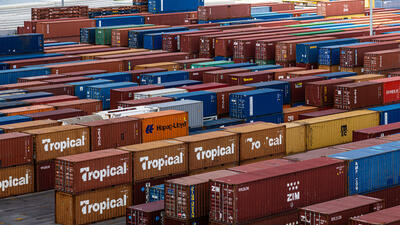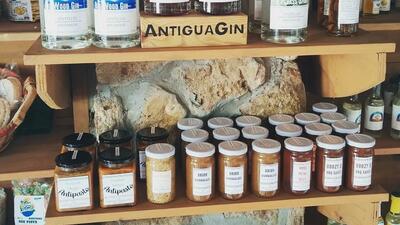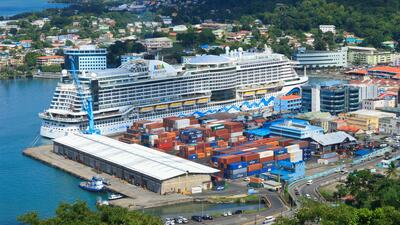
Fast Facts: Small island developing States
Small island developing States (SIDS) are home to over 65 million people, spread across more than 1,000 islands or large ocean states. They control on average an area 28 times the size of their land mass, or 16.1% of the world’s total exclusive economic zones.
The average population density in SIDS is 361 people per square kilometer, compared to the global average of 58 people per square kilometer in 2020. This high density makes them even more vulnerable to the effects of extreme weather and natural disasters.
SIDS have some of the highest electricity costs in the world, due in part to their dependence on imported fossil fuels.
SIDS are at high risk of extreme weather events such as tropical storms, hurricanes, and cyclones, which can cause significant damage to infrastructure, housing, and agriculture. The annual cost of damages from natural disasters in SIDS can range between 1% to 8% of their entire GDP.
In 2020 when COVID-19 struck, tourist arrivals declined by 67% in the Caribbean compared to the year before, and by 70% in the Pacific in 2020. Tourism contributes an average of 30% to the GDP of SIDS, making it the largest economic sector in many of these countries. On average the tourism sector accounts for roughly 15% of a country's GDP: for SIDS that value is almost 30%.
The total land area of SIDS is less than 0.5% of the world's surface area, but they are home to more than 20% of the world's biodiversity, and 40% of the world’s coral reefs. But it is estimated that 75% of coral reefs in SIDS are currently threatened by climate change.
SIDS are responsible for less than 1% of global greenhouse gas emissions but are among the most affected by climate change impacts.
The annual cost of adapting to climate change in SIDS is estimated to be between $22 billion and $26 billion per year, or roughly 4-5% of their combined GDP.

Antigua and Barbuda; Bahamas; Barbados; Belize; Cabo Verde; Comoros*; Cook Islands; Cuba; Dominica; Dominican Republic; Fiji; Grenada; Guinea-Bissau*; Guyana; Haiti*; Jamaica; Kiribati*; Maldives; Marshall Islands; Federated States of Micronesia; Mauritius; Nauru; Niue; Palau; Papua New Guinea; Samoa; São Tomé and Príncipe*; Singapore; St. Kitts and Nevis; St. Lucia; St. Vincent and the Grenadines; Seychelles; Solomon Islands*; Suriname; Timor-Leste*; Tonga; Trinidad and Tobago; Tuvalu*; Vanuatu
*Also a least developed country
On the frontline of multiple crises, the 39 SIDS are remote economies that are prone to natural disasters and highly affected by climate change. They face a host of challenges including high import and export costs while they heavily rely on external markets due to their narrow resource bases.
The three geographical regions in which SIDS are located are: the Caribbean, the Pacific, and the Atlantic, Indian Ocean and South China Sea.
SIDS were recognized as a special case both for their environment and development at the 1992 United Nations Conference on Environment and Development held in Rio de Janeiro, Brazil.



















